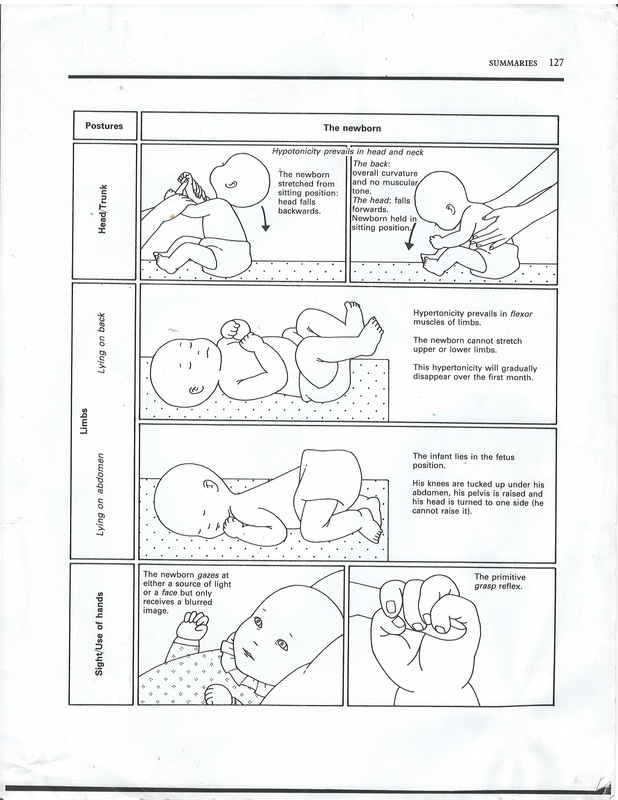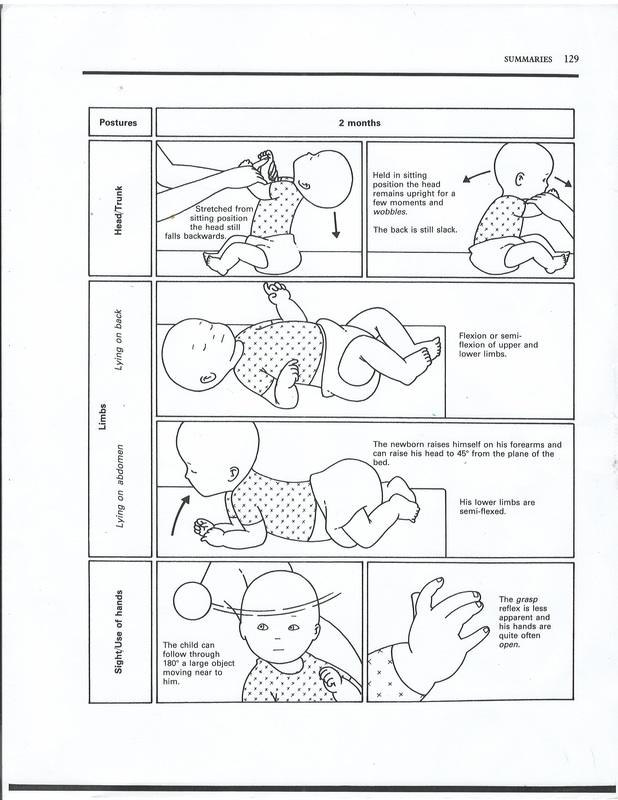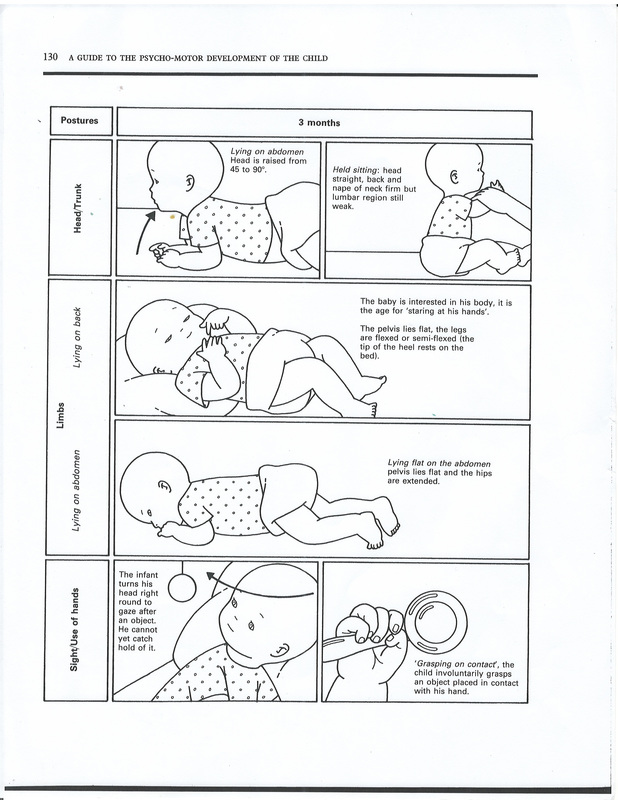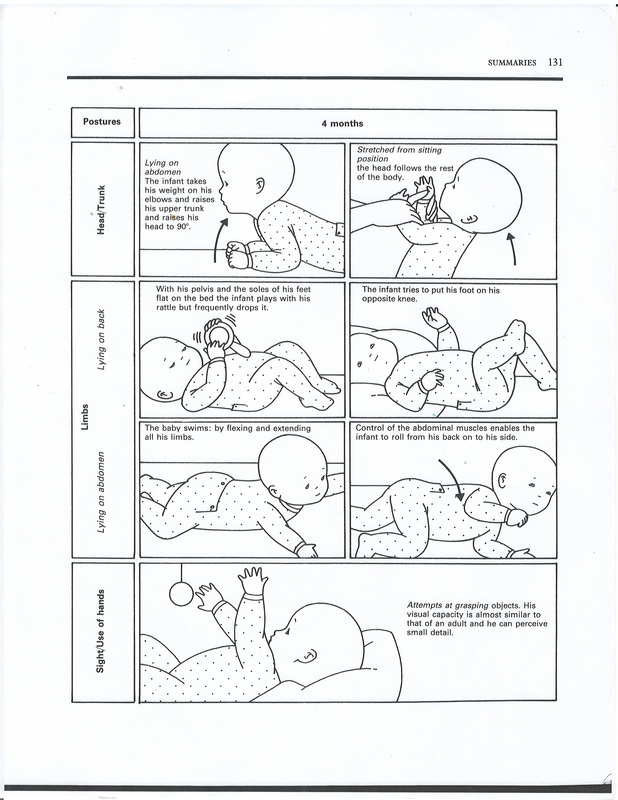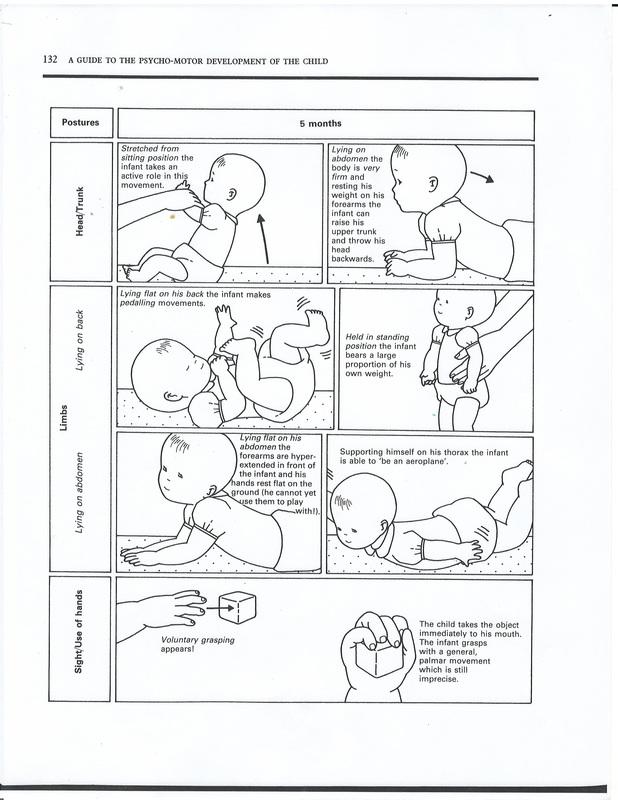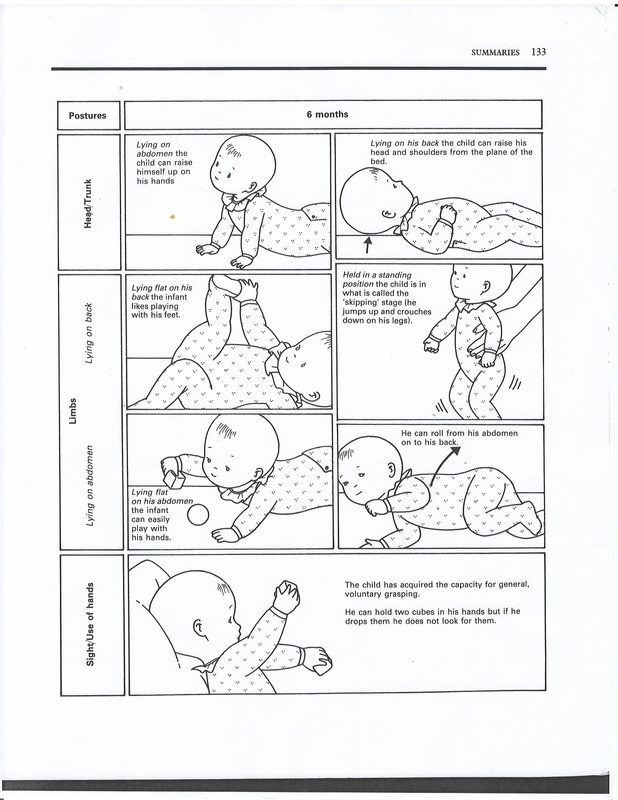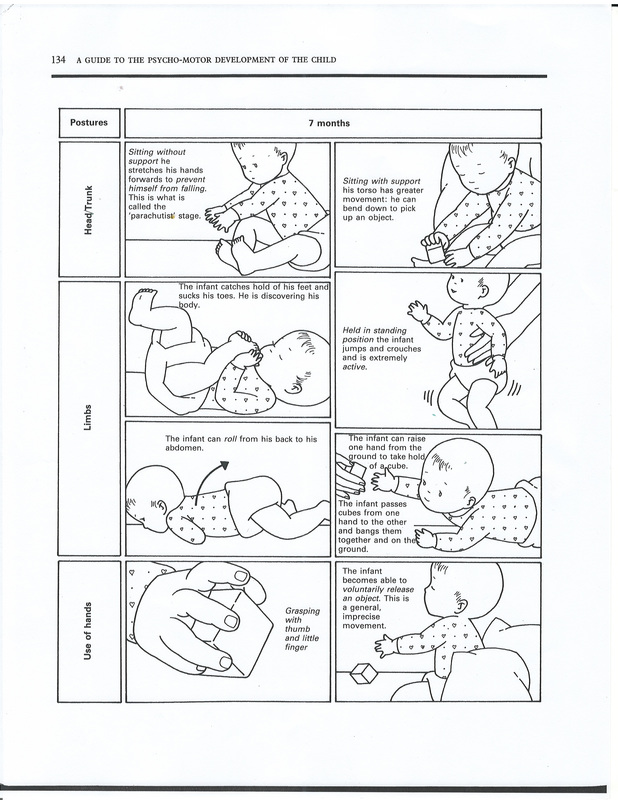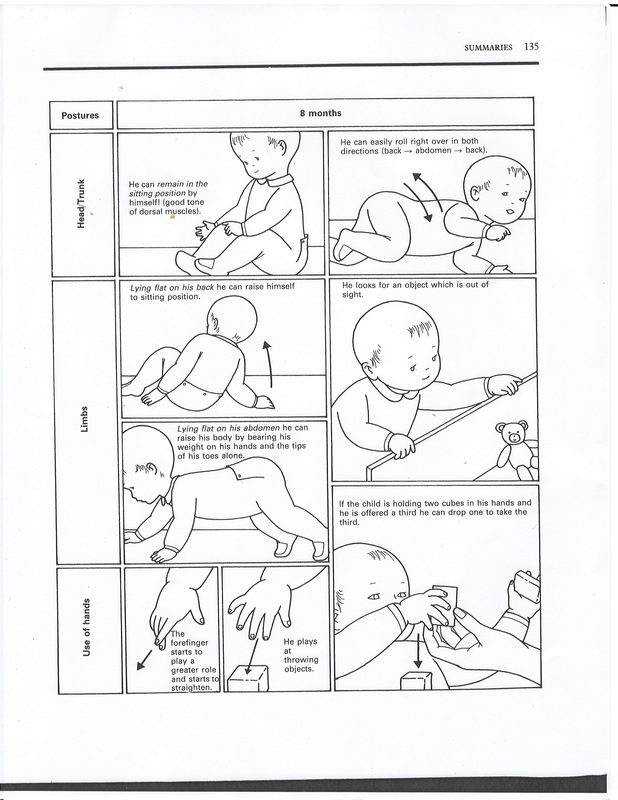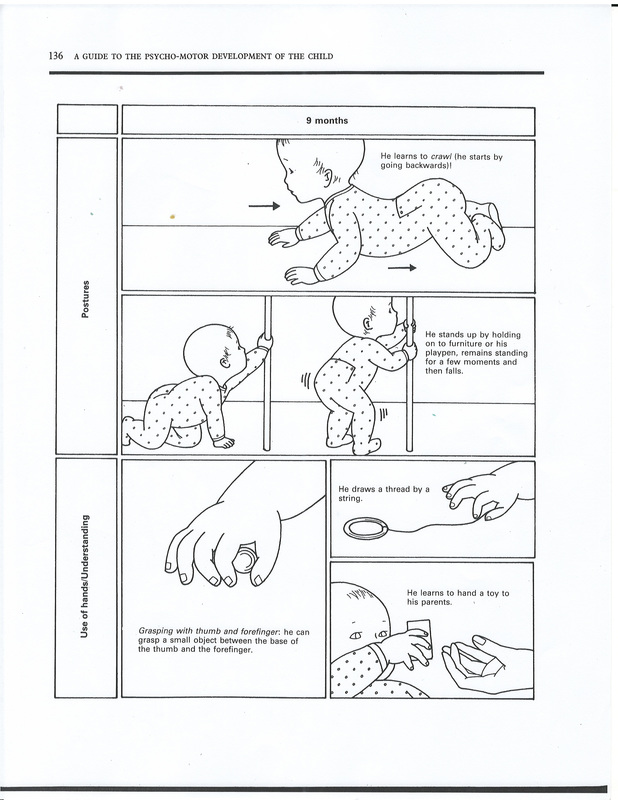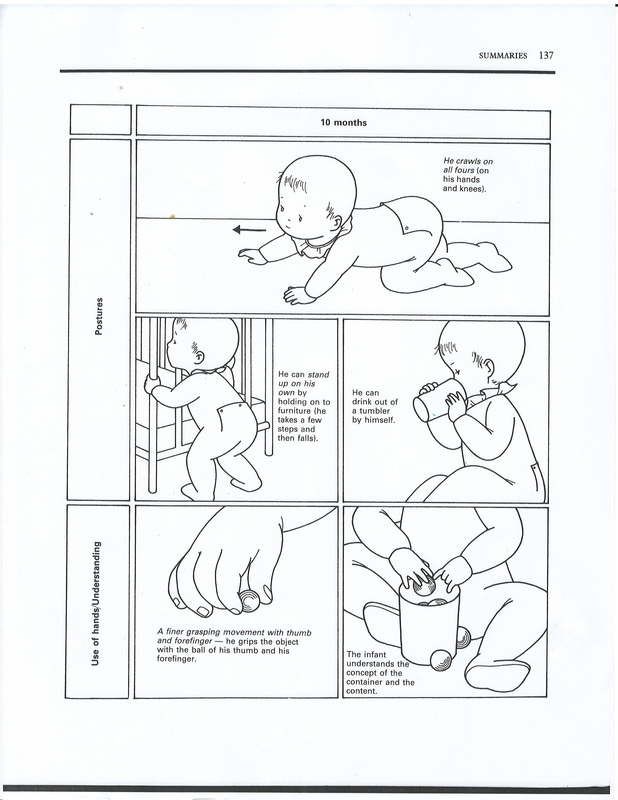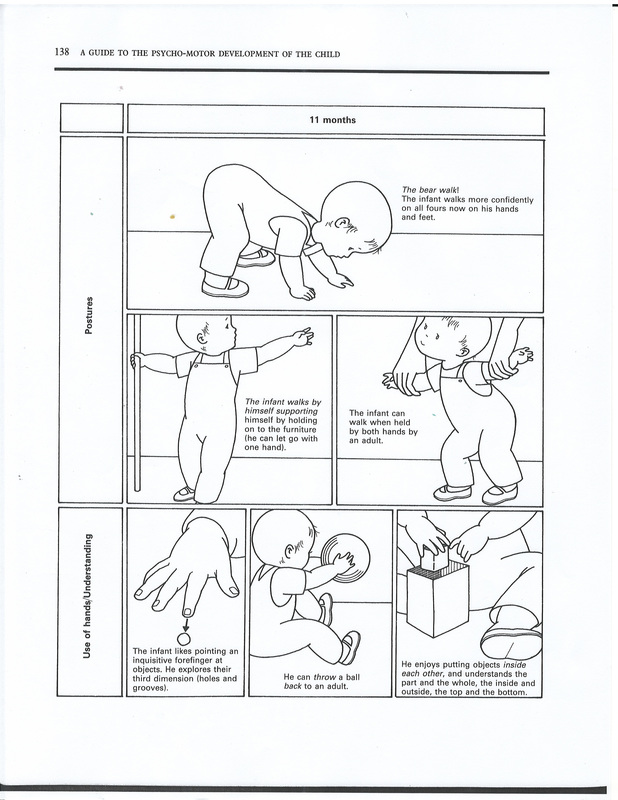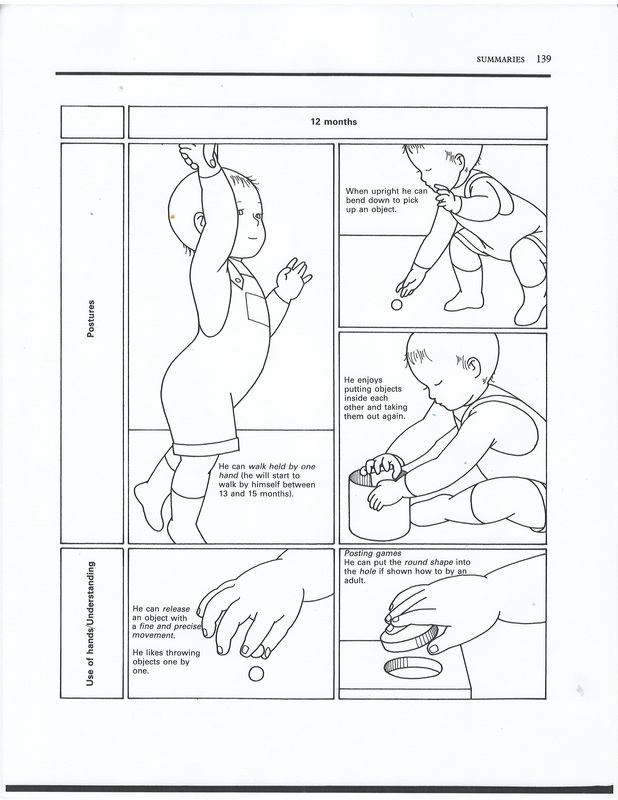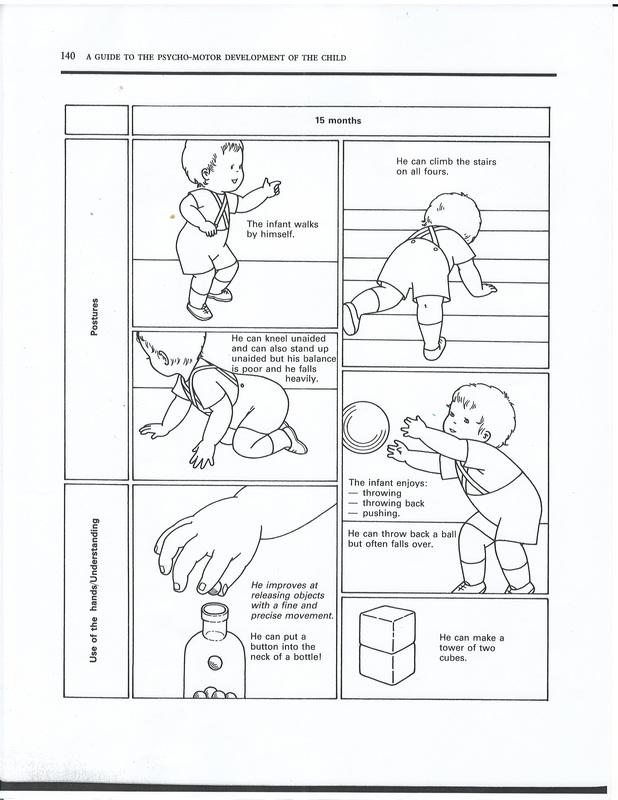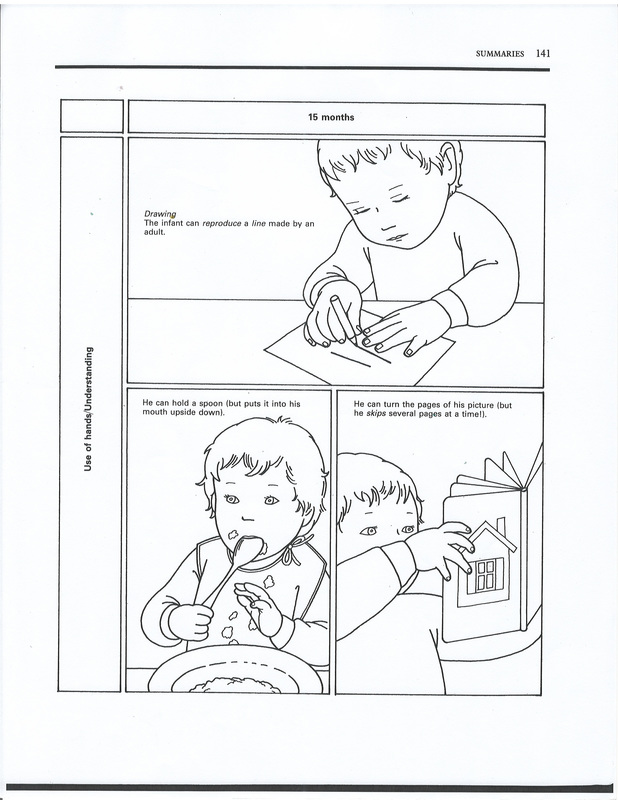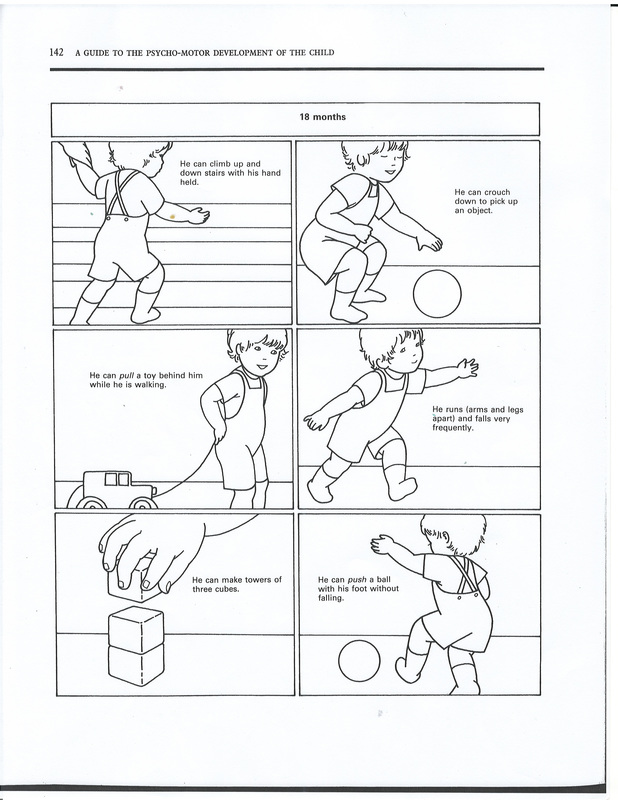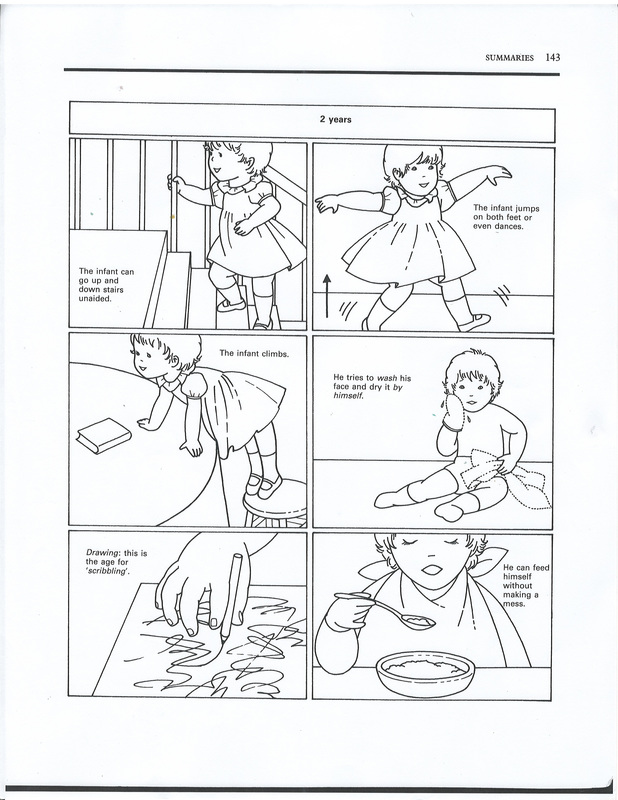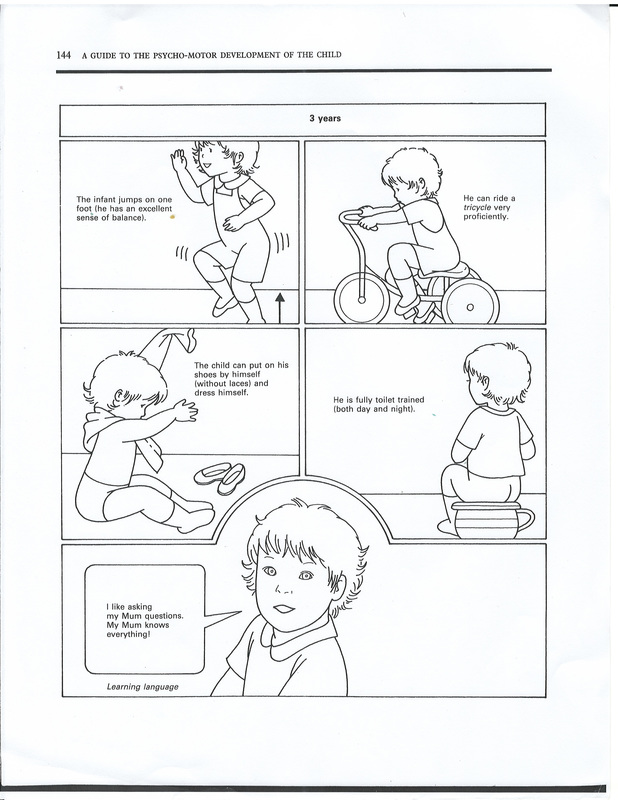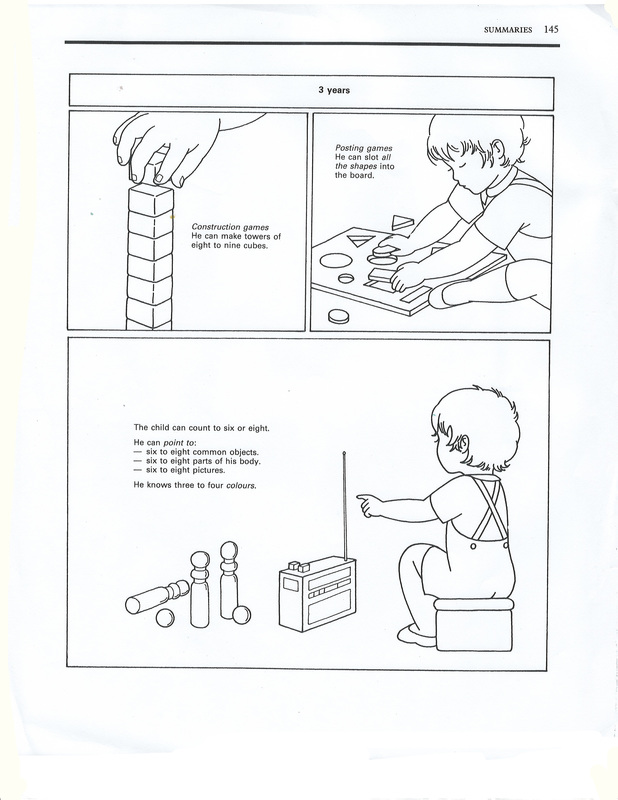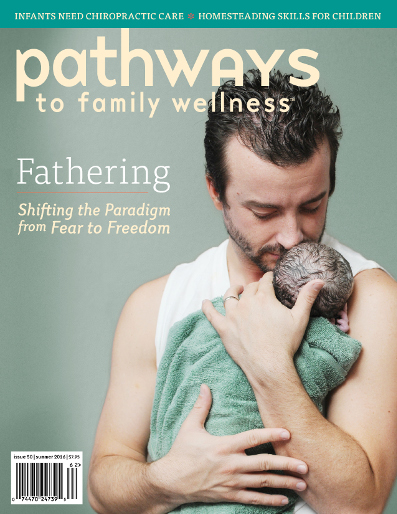Kids and babies need adjustments too?
Chiropractic adjustments help to ensure proper brain balance and development, improving your child’s overall health and ensuring that they have the best chance of reaching their full potential. When the brain and body can communicate well, kids can adapt to their surroundings better.
Although bumps and falls are often what comes to mind with our kids when we think of physical stress, actual stressors start much earlier, during the prenatal or birth process.
In addition to physical stressors, our kids live in a busier, more complex world than we did. Simply put, we have more coming from every direction. All combined, it can be overwhelming! The more ‘stressors’ that build up, the harder it is for our bodies to adapt to them.
We have completed years of postgraduate training through the International Chiropractic Pediatric Association (ICPA). We use the most advanced techniques available for caring for infants and children.
Chiropractic allows your child to increase their potential for optimal health and wellness!
Although bumps and falls are often what comes to mind with our kids when we think of physical stress, actual stressors start much earlier, during the prenatal or birth process.
In addition to physical stressors, our kids live in a busier, more complex world than we did. Simply put, we have more coming from every direction. All combined, it can be overwhelming! The more ‘stressors’ that build up, the harder it is for our bodies to adapt to them.
We have completed years of postgraduate training through the International Chiropractic Pediatric Association (ICPA). We use the most advanced techniques available for caring for infants and children.
Chiropractic allows your child to increase their potential for optimal health and wellness!
Is chiropractic safe for my growing baby and growing children?
I would say it is essential in the first year of life. Achieving the expected neurological milestones are essential for optimal brain and higher learning levels. Looking at the expected neurological development and helping to grow and suppress primitive reflexes can drasticlly decrease the potential of neurological developmental disorders (NDD) Chiropractic is one of the safest healing arts ever studied. A multitude of studies have been performed to show that spinal adjustments, when performed by Doctor of Chiropractic, are so rarely – if ever – associated with side effects.
When performing an adjustment on a child, certified, skilled and experienced chiropractors like Dr. Josh use a minimal amount of force, analogous to the pressure used to check the skin of a ripe tomato, and can even be performed while the child is sleeping!
When performing an adjustment on a child, certified, skilled and experienced chiropractors like Dr. Josh use a minimal amount of force, analogous to the pressure used to check the skin of a ripe tomato, and can even be performed while the child is sleeping!
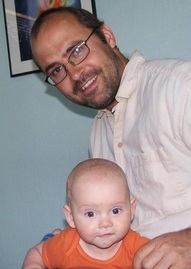
Developmental Milestones.
The neurological, motor skill, cognitive, social and physical examination of the pediatric patient must be the context of neuro-developmental milestones. The normal neurological findings one would expect for a newborn are certainly different than a 2, 6, 12 month old infant. Obtaining developmental milestones is an important reflection of the maturation of the child’s nervous system and assessing development is an essential part of any examination. Delay in obtaining developmental milestones and abnormal patterns of development are important indicators of underlying neurological disease and disorders.
Key Principles
There are several key principles of neuro-development to keep in mind. First, the development of motor control precedes from a head to toe fashion. The baby first develops head control, then trunk control (sitting) and finally control of the lower extremities (walking). Second, primitive reflexes (such as the Moro, grasp, and Galant) are normally present in the term infant and diminish over the next 4 to 6 months of life. The postural reflexes (such as the positive support reflex, Landau, lateral propping and parachute) emerge at 3 to 8 months of age. Persistence of primitive reflexes and the lack of development of the postural reflexes are the hallmark of an upper motor neuron issue. If a infant is 2-3 months behind in the developmental mile-stones there could be a lower motor neuron issue. Each of these can be easily detected and corrected when found early by a spinal adjustments performed from a licensed chiropractor.
First: Stop, Look and Listen
Because the infant and child are unable to fully cooperate for the standard neurological examination, the examination must be tailored to the child and their developmental level and temperament. The first part of the examination is to stop, look and listen. You will learn more about the child’s neurological status by initial hands-off careful examination by watching the baby’s spontaneous activity and can determine a great deal about their mental status, cranial nerve, coordination and motor status. It is important to not be alarmed if your child is not exhibiting all or none of the patterns in this booklet, as each child progresses at his or her own rate. It is normal to be withing 1-3 months in the first year of life. This can be caused by many factors that should be closely monitored with a written diary, periodic pictures and videos, to catalog any changes after childhood illnesses, accidents or medical injuries.
The neurological, motor skill, cognitive, social and physical examination of the pediatric patient must be the context of neuro-developmental milestones. The normal neurological findings one would expect for a newborn are certainly different than a 2, 6, 12 month old infant. Obtaining developmental milestones is an important reflection of the maturation of the child’s nervous system and assessing development is an essential part of any examination. Delay in obtaining developmental milestones and abnormal patterns of development are important indicators of underlying neurological disease and disorders.
Key Principles
There are several key principles of neuro-development to keep in mind. First, the development of motor control precedes from a head to toe fashion. The baby first develops head control, then trunk control (sitting) and finally control of the lower extremities (walking). Second, primitive reflexes (such as the Moro, grasp, and Galant) are normally present in the term infant and diminish over the next 4 to 6 months of life. The postural reflexes (such as the positive support reflex, Landau, lateral propping and parachute) emerge at 3 to 8 months of age. Persistence of primitive reflexes and the lack of development of the postural reflexes are the hallmark of an upper motor neuron issue. If a infant is 2-3 months behind in the developmental mile-stones there could be a lower motor neuron issue. Each of these can be easily detected and corrected when found early by a spinal adjustments performed from a licensed chiropractor.
First: Stop, Look and Listen
Because the infant and child are unable to fully cooperate for the standard neurological examination, the examination must be tailored to the child and their developmental level and temperament. The first part of the examination is to stop, look and listen. You will learn more about the child’s neurological status by initial hands-off careful examination by watching the baby’s spontaneous activity and can determine a great deal about their mental status, cranial nerve, coordination and motor status. It is important to not be alarmed if your child is not exhibiting all or none of the patterns in this booklet, as each child progresses at his or her own rate. It is normal to be withing 1-3 months in the first year of life. This can be caused by many factors that should be closely monitored with a written diary, periodic pictures and videos, to catalog any changes after childhood illnesses, accidents or medical injuries.

